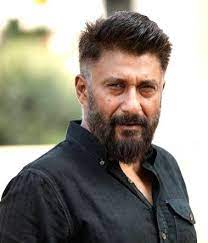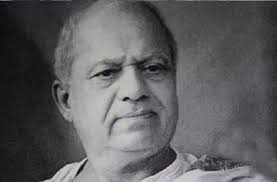 “You will always have a tough fight when you are expressing yourself and not impressing people. The path of truth is a lonely journey.”
“You will always have a tough fight when you are expressing yourself and not impressing people. The path of truth is a lonely journey.”
Vivek Agnihotri is a name doing household rounds today as an exceptional director for making a movie on the plight and exodus of Kashmiri Pandits in the valley during the 1990s, caused by terrorism. An accomplished director, screenwriter, and filmmaker, he has managed to set extraordinary standards when it comes to film making. Born in a Brahmin family, on 10 November, 1973 in Gwalior, Madhya Pradesh, Vivek’s career initiated with direction and production of tele-series and ads .
Vivek has a graduation and post-graduation certificate in Economics from the School of Social Science. He also has an advertising degree from the Indian Institute of Mass Communication, Delhi. Furthermore, he also undertook the Organization & Management course from the Harvard University.
“I have to be a risk-taker and just tell the truth the way it is. Everything that bothers me. Everything that must be told fearlessly. My loyalty is to the inner vision. There is no other way work of artistic worth can be done.”
He started his career as a creative director for brands such as Coca Cola and Gillette. He made his directional debut through the movie Chocolate: Deep Dark Secrets, a suspense drama. Besides, he also started the production house Vivek Agnihotri Creates Pvt. Ltd. Other movies under his bucket include Dhana Dhan Goal, Hate Story, and Buddha in a Traffic Jam. The film The Tashkent Files received a lot of worldwide acclaim because of its refreshingly different topic and atypical storytelling. It also received the National Film Award for Best Screenplay – Dialogues for The Tashkent Files. However, till date, Kashmir Files has received the most response, with its turnover crossing over INR 200 crores, the highest grossing movie ever after the pandemic.
“I am extremely honored by Indian Council For Culture Relations, India’s apex body on the promotion of great Indian culture across the world for including cinema, and I am deeply honored for being the first person from the Indian film industry to represent the cause of this industry in the overall cultural promotion globally.”
He is married to Pallavi Joshi, a known actor, anchor in the Marathi and Hindi film industry. Recently, he teamed up with NGOs to help kids and their families affected by Covid-19. His net worth is estimated to be around USD 3 million. We hope that he continues making such exceptional films and adds more feathers to his cap.
“That day, I learnt that in the big fat world of Bollywood, the problem isn’t whether the pyramid should be inverted or not. The problem is there isn’t any pyramid.“
Birth Score – 3/5
Pride Score – 4/5
An impressive 7/10 Notable Brahmin Score.
